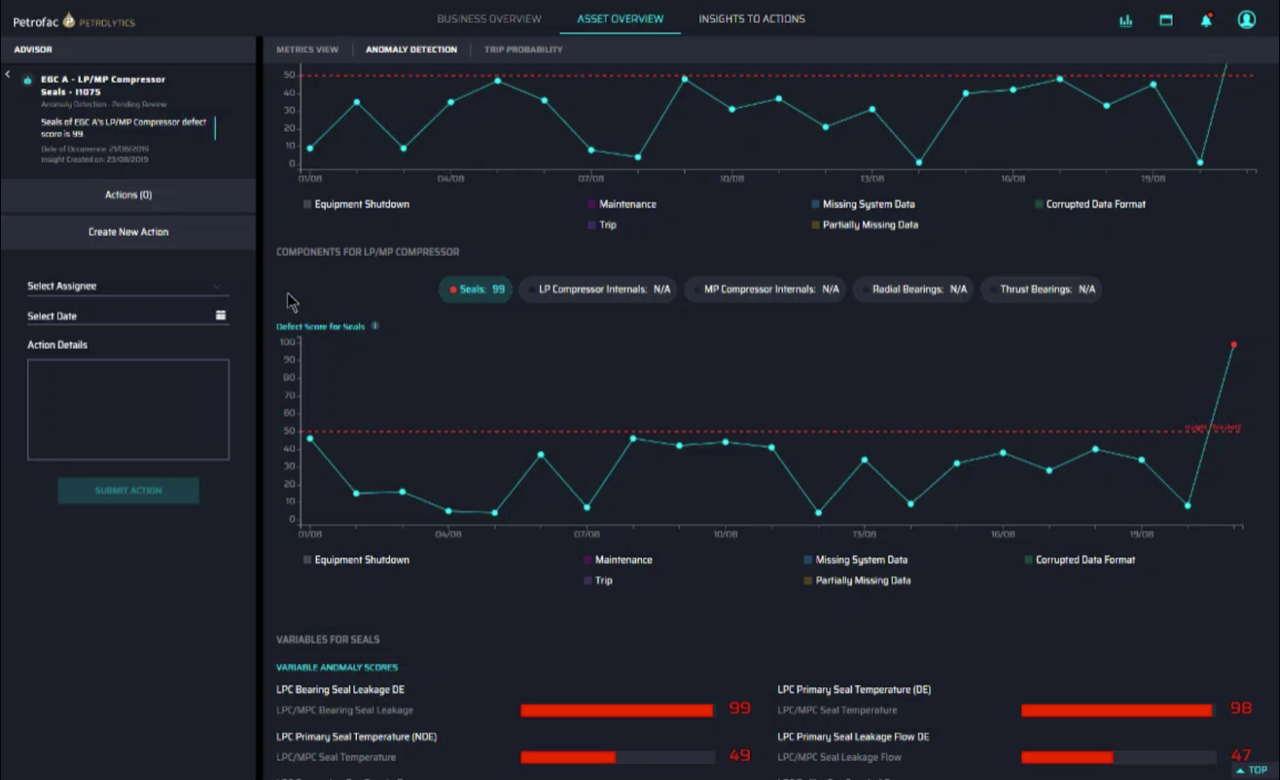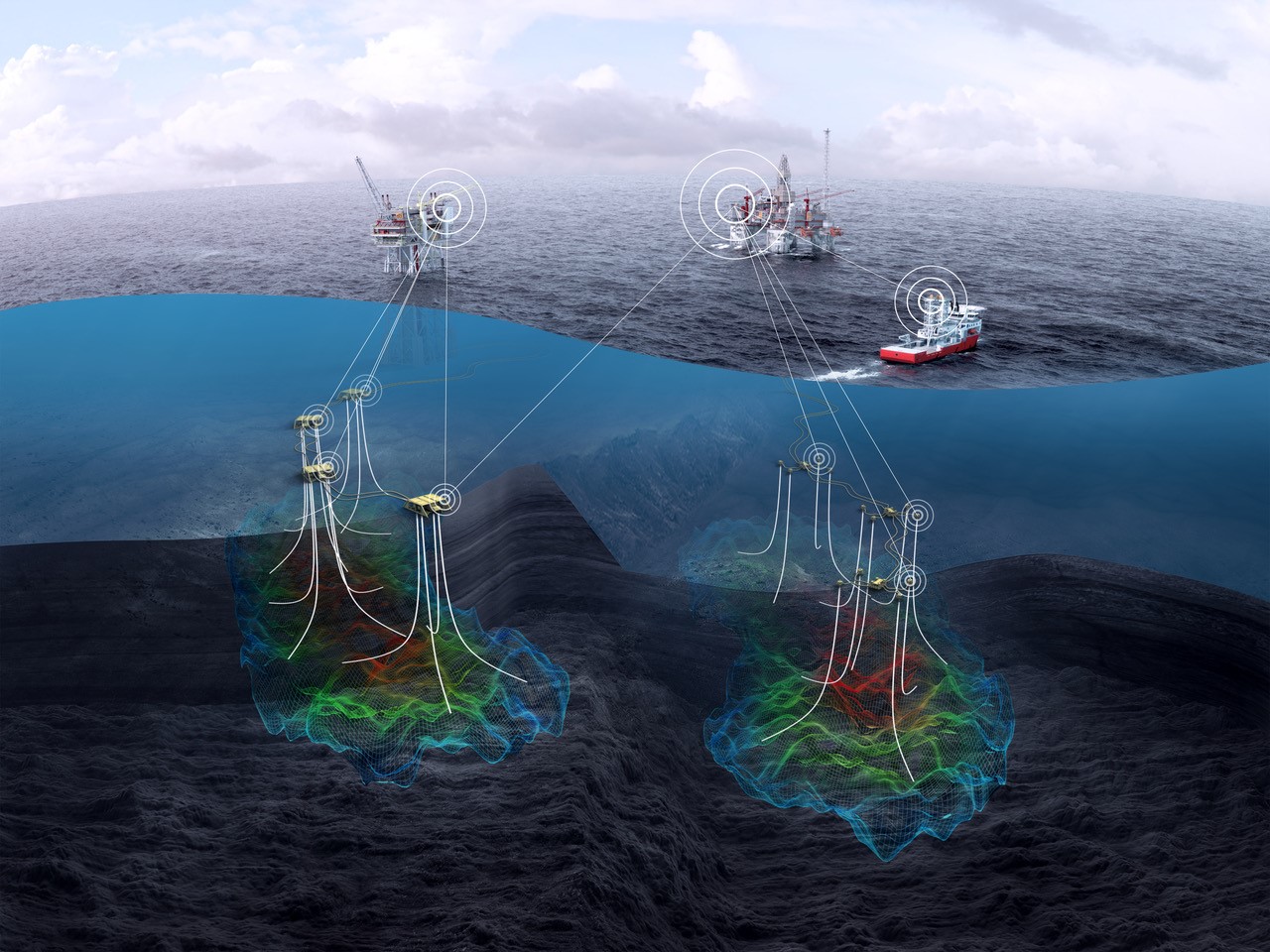
Methane key as oil companies double down on emission reductions
The Conference of the Parties (COP 26) of the United Nations Framework Convention on Climate Change in Glasgow shone a sharp and often unflattering light on the oil and gas industry’s emissions record. But the summit also provided a reminder that hydrocarbons-focused companies have been undertaking their own efforts to combat the worst excesses associated with the exploration and extraction of oil and gas reserves.
One message was clear; technology is making inroads tackling the sector’s poor emissions record, notably through methane combatting measures. Methane is the primary component of natural gas and remains a potent greenhouse gas. When it is released into the atmosphere it has a much higher global warming impact than CO2.
The importance of tackling methane emissions was a major focus at COP26, notably through the Global Methane Pledge – a US and EU-led effort by more than 30 countries to curb methane emissions by 30% by 2030 through the establishment a global public record of trusted and transparent methane emissions.
Oil majors have invested substantial sums in monitoring methane levels across their installations. For them, methane represents an “easy win”, one IOC executive tells Reuters Oil & Gas Newsletter; methane has a relatively brief lifespan in the asompthere at just 10 years. That means that measures to reduce methane emissions exert a greater impact than some other measures undertaken by oil and gas companies.
The International Energy Agency estimates that natural gas operations have an average methane leakage rate of 1.7%
Operators are therefore looking to drive down emissions in the next few years, installing methane measurement devices across processing sites.
BP is to install methane measurement at all existing major oil and gas processing sites by 2023, and drive a 50% reduction in methane intensity ofitoperations.
Shell has announced a target to maintain methane emissions intensity below 0.2% by 2025. This target covers all oil and gas assets for which Shell is the operator.
Chevron has a target to reduce methane intensity to 2 kilograms of CO2 equivalent per barrel by 2028, a 50% reduction from the 2016 baseline. The US company is growing its methane detection capabilities to include airborne sensors using satellites, aircrafts and drones, along with traditional ground sensors.
Drone technology
Methane-detecting drones are at the forefront of the industry’s plans.
In early November, UK independent oil and gas Neptune Energy completed a study using advanced drone technologies to measure methane emissions on a working UK oilfield offshore platform using advanced drone technologies.
Fixed-wing and rotary drones equipped with methane-sensing equipment were deployed for the study on the Neptune-operated Cygnus gas production facility in the UK Southern North Sea, to assess advanced methods for identifying and quantifying facility-level offshore methane emissions, and actions to reduce them. The results of the study will be published in a scientific peer-reviewed paper next year.
Scientists coordinated the five-day study which involved a team from UK-based drone platform provider, Texo DSI, operating a rotary drone provided by Scientific Aviation. Equipped with sensing technology, the drone measured emissions at multiple locations around the platform.
A key objective was to establish an accurate, scientific benchmark for measuring total methane emissions within an offshore environment to help develop best-practice approaches for the wider upstream industry.
According to Pete Jones, Neptune Energy’s VP Operations, Europe, “The abatement of methane emissions will be crucial in meeting the Paris Agreement goals and, given the short lifespan of methane emissions, we know that taking meaningful action today can bring positive results in as little as nine years.”
Neptune claims one of lowest methane intensities in the sector, at 0.01%, compared with the industry average of 0.23%, and has set a target of net zero methane emissions by 2030.
“Proactive action by the UK offshore industry including the reduction of flaring and venting contributed towards a 11% fall in upstream GHG emissions between 2018 and 2020. By using advanced, existing technologies and novel approaches such as those employed in this latest study, the UK sector can continue to lead the way in driving down methane emissions from oil and gas operations,” said Jones.
Other technology to reduce methane emissions is being studied, such as using nitrogen in oil storage instead of natural gas – something that Chevron has proposed. A layer of natural gas is often used in oil tanks to prevent air from entering the tank, but using nitrogen instead could reduce tank methane emissions by 95%, the company said.
Government-level action is also making an impact. The UAE, a major Opec player, has pledged to deploy advanced technology including drones and satellites as well as decarbonize natural gas through blue hydrogen production in order to further improve its methane reduction performance. The country joined the global pledge to cut methane emissions by 30% by 2030.
But it is corporate action – compelled by the advent of new technology – that is set to make the biggest impact in driving down global CO2 emissions.
James Gavin
Reuters Events is part of Reuters News & Media Ltd, 5 Canada Square, Canary Wharf, London, E14 5AQ. Registered in England and Wales: 2505735.

